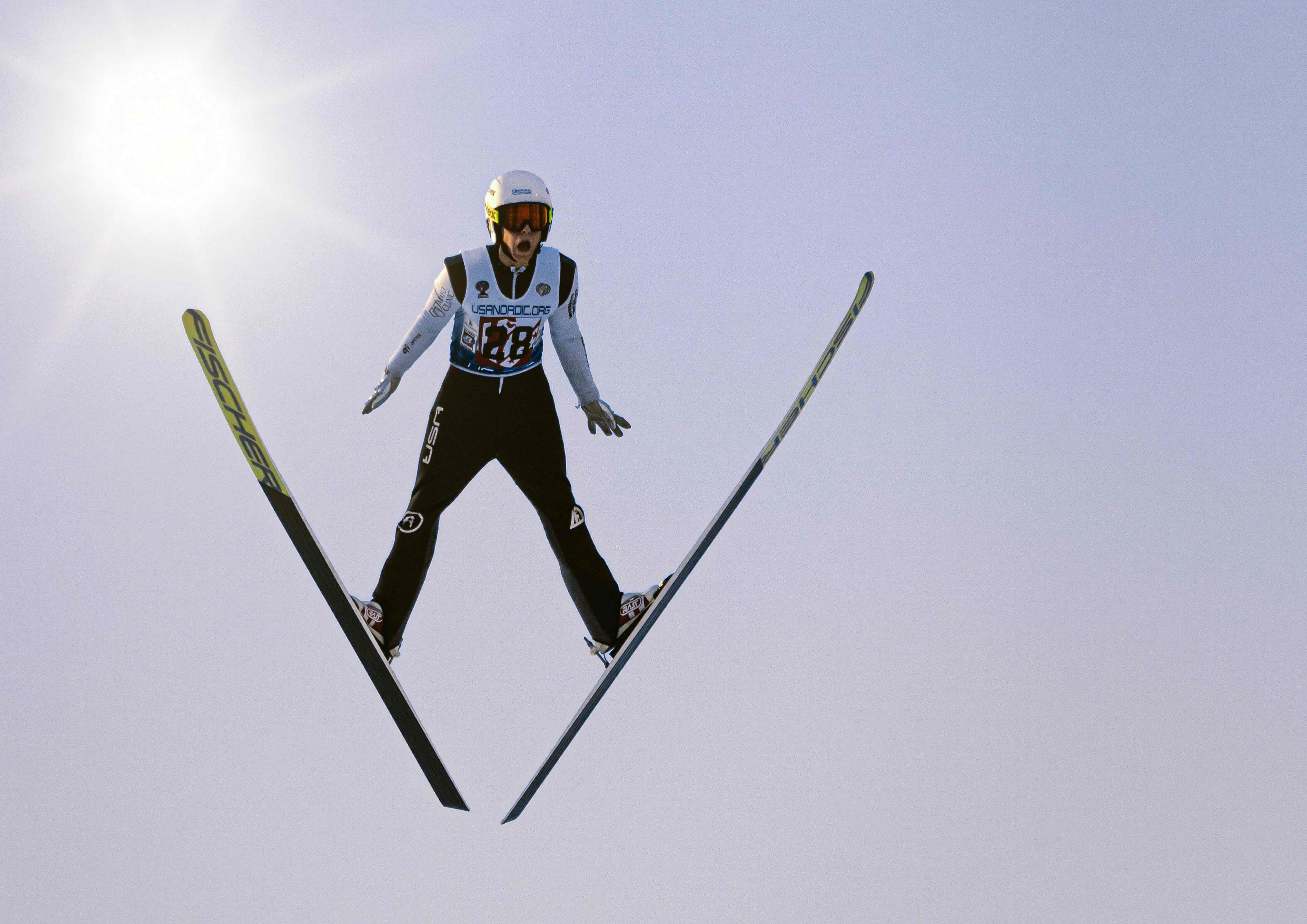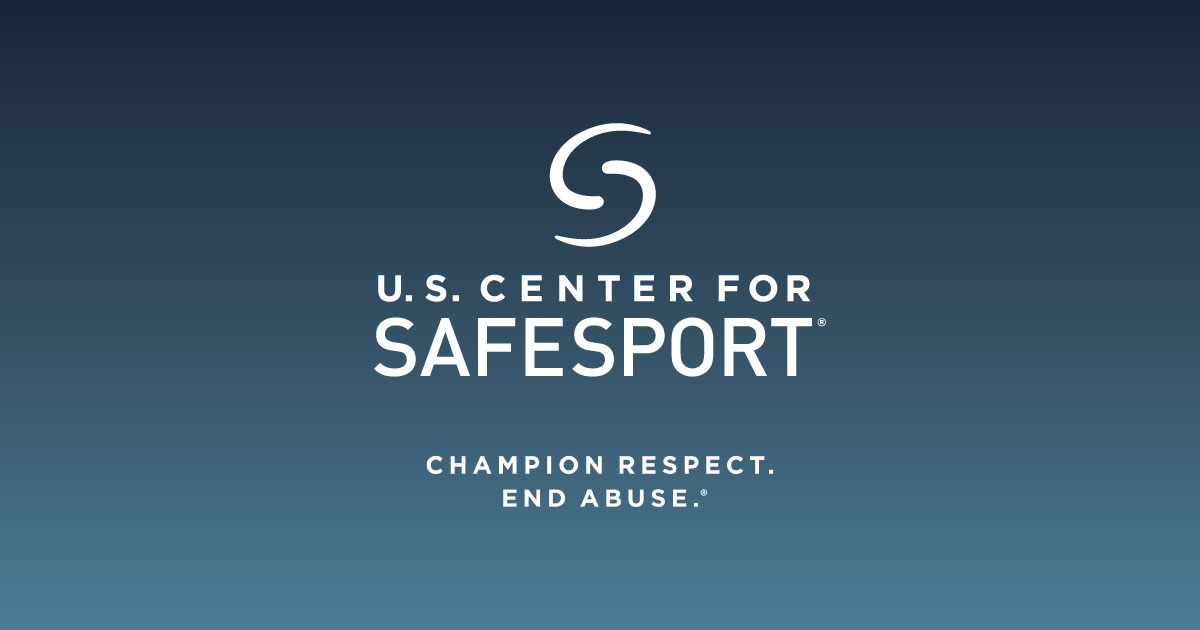
For Student-Athletes, Hazing Is Alive and Well in the U.S.
Dr. Susan Lipkins has been a leading expert on hazing prevention for more than two decades. But despite being sought after for talks by many high schools and universities, she doesn’t do what she deems “check-the-box hazing speeches” anymore.
The reason for that is simple. They don’t work.
“From my point of view, I don't want to do those speeches anymore, because I don't want to be part of that system. They’ll tick off [that box] and say, ‘We had somebody talk to us about hazing,’ or a lot of the teams will have [athletes] sign something that says ‘[We] won't haze.'
“But [they still] do haze, and so what are you going to do?”
A psychologist and pioneer in the area of hazing, bullying, and harassment, Dr. Lipkins has been battling the elusive specter of hazing for decades and knows its tactics well.
In 2006, she authored a book entitled, Preventing Hazing: How Parents, Teachers and Coaches Can Stop the Violence, Harassment and Humiliation. Yet despite her decades of study and diligent work to create effective strategies to prevent and intervene on hazing, it persists.
From fields and dugouts to the pools and courts of high school and college campuses across the country, hazing is more widespread and pernicious than most of us imagine. According to Dr. Lipkins, it’s a tradition that permeates all cultures and subcultures, from sports teams and Greek life to lesser-considered factions, such as church groups and professional kitchens. In team sports, where sexual hazing rituals are common, Dr. Lipkins says the acts involved are becoming increasingly severe.
“One thing that I've noticed in the last two decades is that sodomy has become very popular on athletic teams throughout the United States, regardless of location, race of the athletes, or the sport involved—it's become normalized and accepted. Female teams also have sexuality attached to their hazing rituals. It may not be sodomy, per se, but there are other things that are [similarly] humiliating and distressing.”
Sex & Hazing
Although the degree and type of sexual misconduct involved in hazing can vary based on gender, sport, and regionality, the driving forces behind hazing don’t.
“Hazing, in general, is based on a tradition used by groups to maintain the hierarchy or to discipline,” Dr. Lipkins explains. “Demonstrating power, showing one’s dominance, is integrated into the hazing, and is the method used to maintain the pecking order. Sexualized hazing is not about sexuality, it is about power and humiliation.”
This is because, when it comes to maintaining power, nothing is more effective than sexual shame. “How would you like it if you were at work, and you were nude, and nobody else was? Or you're in a social situation—you're at a bar and somebody is assaulting you in public—and everybody's watching you be assaulted, and nobody's doing anything? That's what goes on in hazing.
“As one of the kids in a lawsuit that I was involved in said, ‘You're less than dirt.’ The quickest way to make you know that you are helpless and have no power is to humiliate you sexually.”
Most of us are familiar with the widely publicized deaths of college students taking part in binge drinking and other hazing rituals. There are also serious physical injuries, which can require emergency medical intervention and possibly hospitalization. Less discussed, however, are the long-term mental consequences of hazing, which, according to Dr. Lipkins, can be equally serious.
“The psychological issues are often post-traumatic stress disorder [PTSD], which usually shows itself as anxiety, flashbacks, and in sleeping difficulty,” she says, adding that social issues in one’s peer group and beyond are also common.
Some individuals will struggle with all of these mental health consequences; others deal with just one or two, or may have multiple trauma disorders show up at different periods in their lives. Still others may not suffer from long-term mental health ramifications at all—another reason why hazing can be so insidious. The fact that not everyone suffers its effects equally makes it easier for society to minimize.
“It's probably true that thousands of hazings go on every day, on sports teams, and in high schools and colleges, and they don't get reported and coaches don't get in trouble,” Dr. Lipkins says. “Both the athletes and the coaches are sort of betting, statistically, that they will get away with it, and so it’s not so important to pay attention to the consequences.”
Capital Charade
In 2005, Dr. Lipkins traveled to Washington, D.C. in an effort to lobby Congress to take action in the field of hazing prevention. She wanted to encourage funding for multi-disciplinary research studies at universities—an institute, perhaps—which could ultimately help to prevent and intervene on hazing in a way that hadn’t been done before.
She was met with plenty of taut smiles and more than one closed door.
“Nobody was interested,” Dr. Lipkins says. “I was walking around D.C., and I was thinking, ‘I am asking these people, who have been in fraternities and sororities, who have already hazed and been hazed, whose children are probably immersed in being hazed and hazing. And I have the nerve to ask them to create laws that would potentially put their own [children’s actions] at risk?’
“When kids die because of hazing, it makes the news, and people are up in arms. But when you say to people directly, ‘You know, your son might be sodomized just because he wants to play football,’ they kind of turn their heads and say, ‘No, it's not going to happen to me.’”
As you’d expect, coaches can play a significant role in creating the kind of sporting culture where hazing either thrives or fails. A prominent example is the recent firing of Northwestern Wildcats football coach Pat Fitzgerald, who was terminated, according to the University President, for his “failure to know and prevent significant hazing in the football program.”
Yet even when coaches take a genuine stand against hazing, its importance almost always takes a distant second place to their top priority: Winning.
“They say, ‘We have to win first. And if we don't win, we’ll lose our job.’ And so, it becomes not so important to spend time on hazing prevention. And then I tell them why, when they lose their jobs because of hazing, then spending the time will be very important,” Dr. Lipkins says. But by then, in many cases, the damage is already done.
Stopping Hazing Where It Starts
When it comes to slowing hazing—or better yet, stopping it in its tracks—Dr. Lipkins says the way forward is complicated. A hard truth: Many of the strategies high school and college athletic programs have tried so far just don’t work.
At Cornell University, for example, preventing hazing has been a priority for years. The methods put in place, however, have proven to be superficial at best. “One of the things Cornell tried to do was team-building, where they suggested [other] sports and activities such as rock climbing,” says Dr. Lipkins explains, noting that the bonding outings were supposed to provide an alternative to traditional hazing rituals.
“Basically, the kids would do what the college made them do, and then they would go do their hazing afterwards.”
Even more troubling? When student athletes do find themselves involved in hazing, their options for escaping the cycle are limited. Much of this is due to what Dr. Lipkins refers to as the ‘code of silence’ surrounding hazing; a facet of the group dynamic that makes individual culpability hard to identify and nearly impossible to combat for victims stuck in its web.
“Everybody assumes that nobody will be held responsible for hazing, or can't be held individually responsible. There's a lot of intimidation about breaking that code of silence.
“Often, victims are not the ones reporting hazing incidents. But once the hazing becomes known, there can be a lot of retribution against the victims, because that code of silence has been broken,” says Dr. Lipkins, who recommends that athletes talk to a neutral third-party, such as a psychologist or therapist, who can both maintain their anonymity and help them navigate next steps.
“The truth is, we have a 1-800 number for child abuse, for domestic abuse, and for sexual trafficking. We don't have anything [like that] for hazing,” Dr. Lipkins continues, noting that an anonymous, national reporting hotline for high schools and universities could be a preliminary first step. But she emphasizes that to truly reduce hazing, what’s needed is large-scale, institutional change from the inside.
“I think that the emphasis has to be not on telling students not to haze, but on the adults who are getting paid, and whose responsibility is to protect them,” says Dr. Lipkins. “From the superintendent down to the athletic trainers, and everybody else who has contact with athletes—what kind of training do they have in team management? What kind of training do they have in developmental psychology and in understanding students that age?
“[Give them] a meaningful way to prevent, intervene, and have the know-how. Have people on staff with the training to investigate these incidents,” she suggests, adding that each program should also have its own system for athletes and students to report anonymously, protecting those who have the courage to break the code of silence.
And yet, even in the best-case scenario, with all these changes in place, we may still need something more.
“I've been looking for how to change the culture for 20 years, but I think what’s truly needed is inside-out change, such as MeToo, or the Black Lives Matter movements. The people inside have to decide that that's it, we're not doing it anymore,” Dr. Lipkins reflects, noting that the movement would involve high school and college-level athletes of all sports, both male and female, who could come together to make a stand.
“Maybe then, the professional athletes who have been hazed in their careers would come forward and support these students. The idea being that hazing is alive and well in the United States, but we don't have to do it anymore,” Dr. Lipkins says.
“That would be wonderful. That's my fantasy. But I don't think it’s happening yet.”
Nina Fedrizzi
Writer and Editor
If you or someone you know is a victim of hazing, help is available at the Courage First Athlete First Helpline, Monday to Friday 12pm –8pm PST. Call or text 888-279-1026 or click here to Live Chat with specialized sports crisis counselors.
If you are a survivor of hazing who is interested in sharing your story and wants to learn more about this process, please reach out to Kathryn McClain at kmcclain@weridetogether.today for more information.



-min.jpg)
